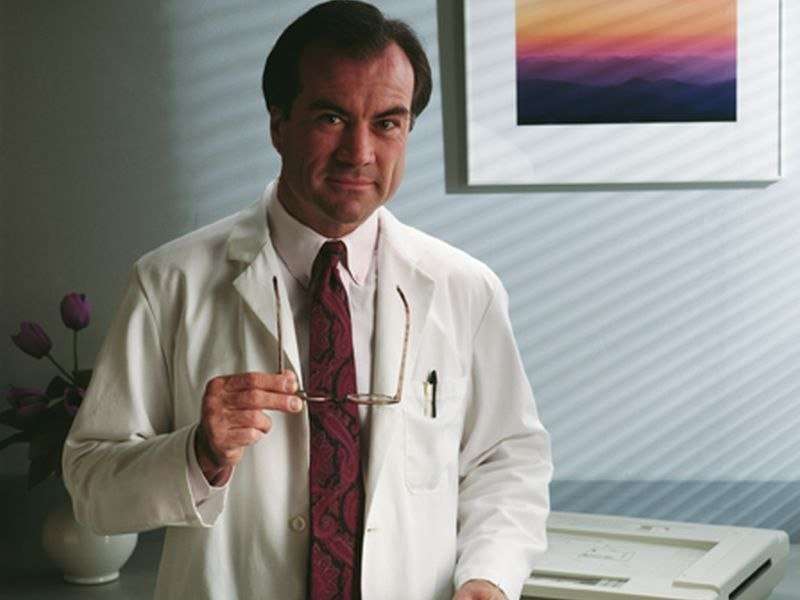Doctors facing challenge to help needy while protecting practices

(HealthDay)—Physicians are increasingly being challenged to protect their practice finances while helping patients without insurance, according to an article published in Medical Economics.
According to recent Gallup data, the percentage of Americans without health insurance is increasing, and reached 12.2 percent at the end of 2017. Many practices are finding it difficult to maintain their viability as they care for people without the ability to pay.
As the number of uninsured patients seeking care is increasing, practices can take steps to be better prepared. Practices should have eligibility-checking procedures to avoid being in a situation of having to confront patients after their claims have been denied. Practices can offer to treat patients on a cash basis if a patient lacks coverage. If a practice terminates its relationship with the patient, care must be taken to avoid allegations of patient abandonment, such as by providing reasonable notice. Practices should have a self-pay fee schedule in place so that patients without insurance can stay with their doctor. Practices should be aware of potential regulatory and contractual restrictions, including limits on amounts of discounts that can be applied.
"When you're looking at large populations, it's much easier to talk about how much things cost," John Cullen, M.D., a primary care physician in Valdez, Alaska, said in the article. "When you're looking at an individual who is in your office who just can't afford something, it's not as easy to be really strict about it."
More information: Abstract/Full Text
Copyright © 2018 HealthDay. All rights reserved.


















